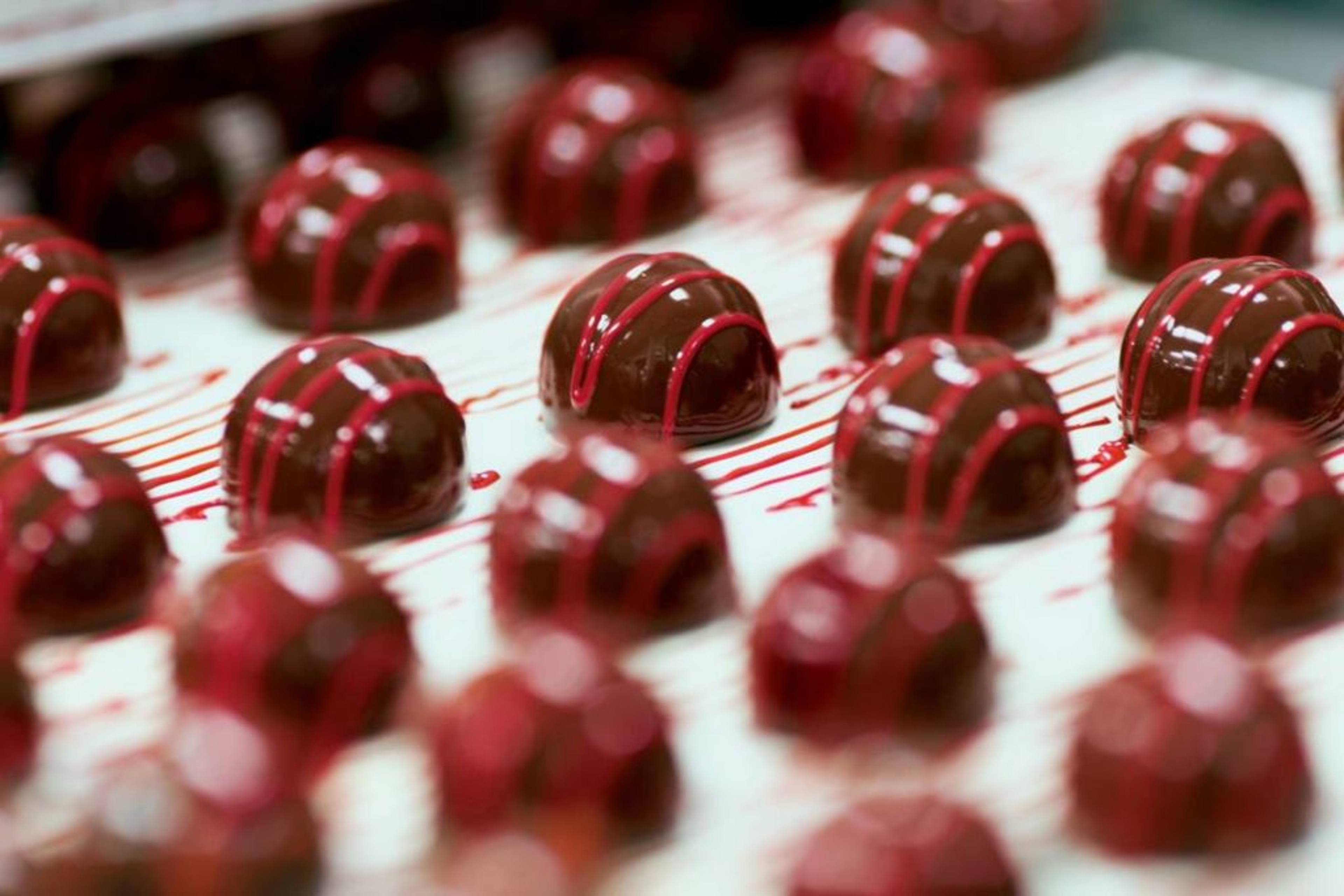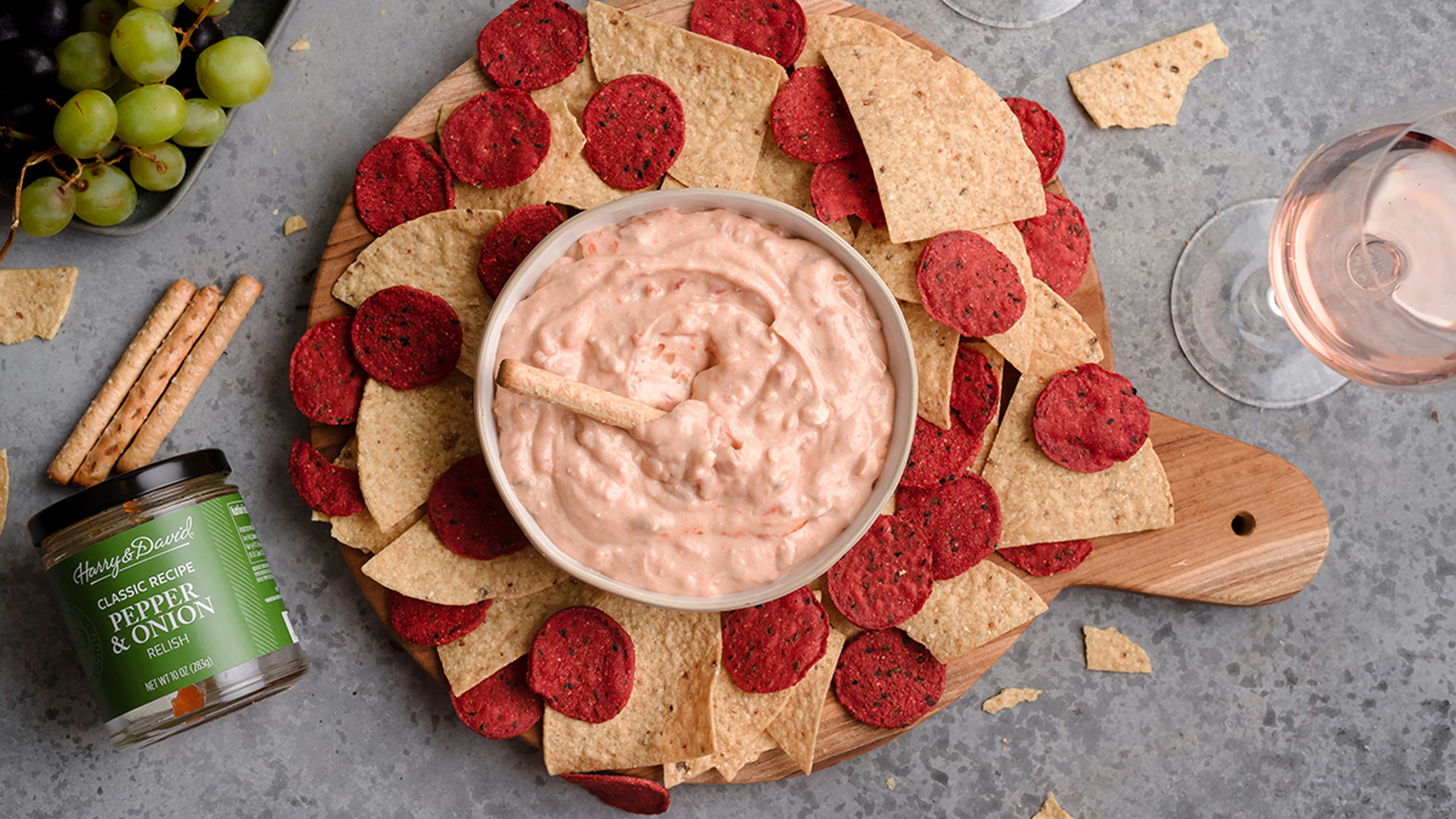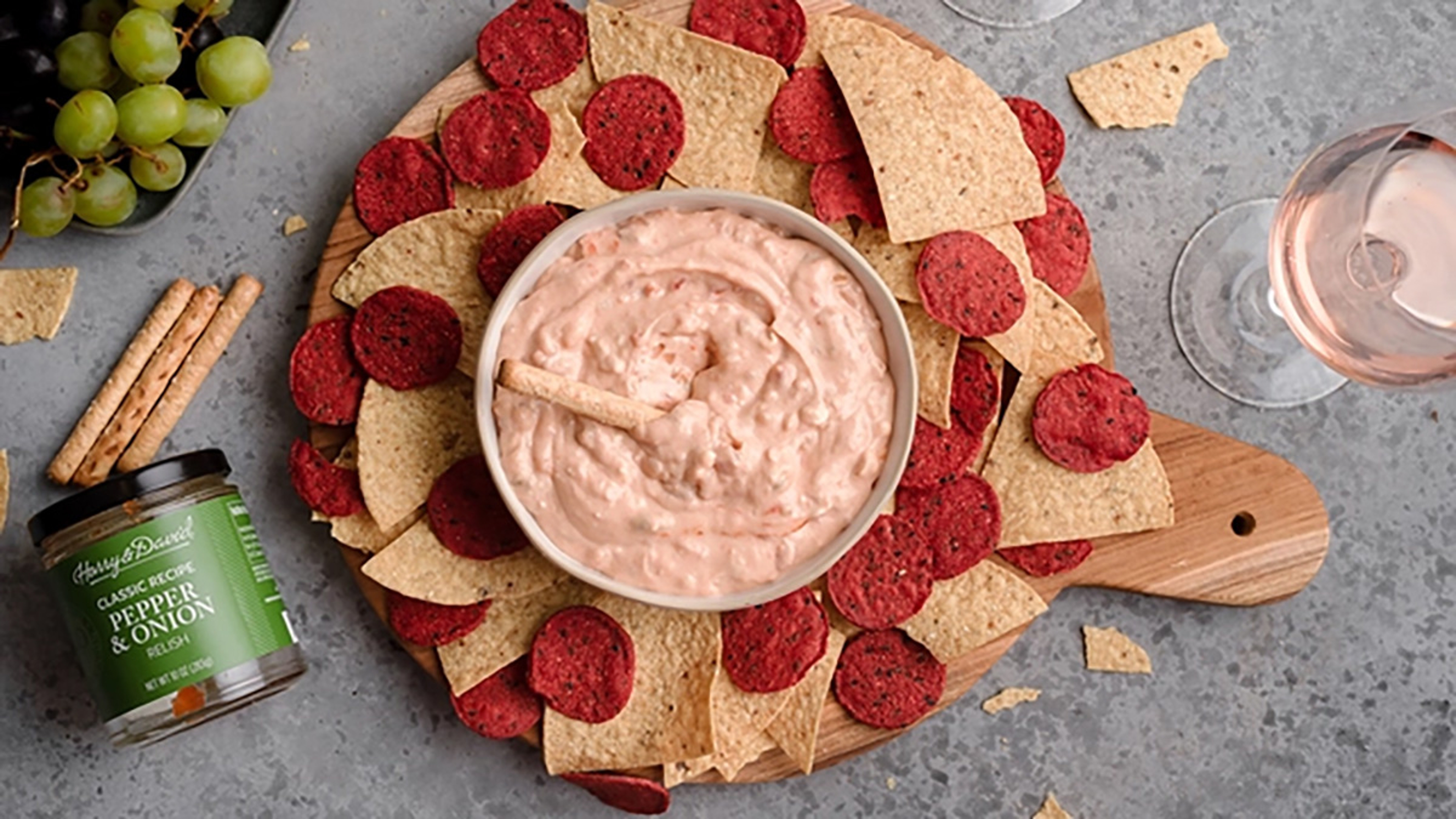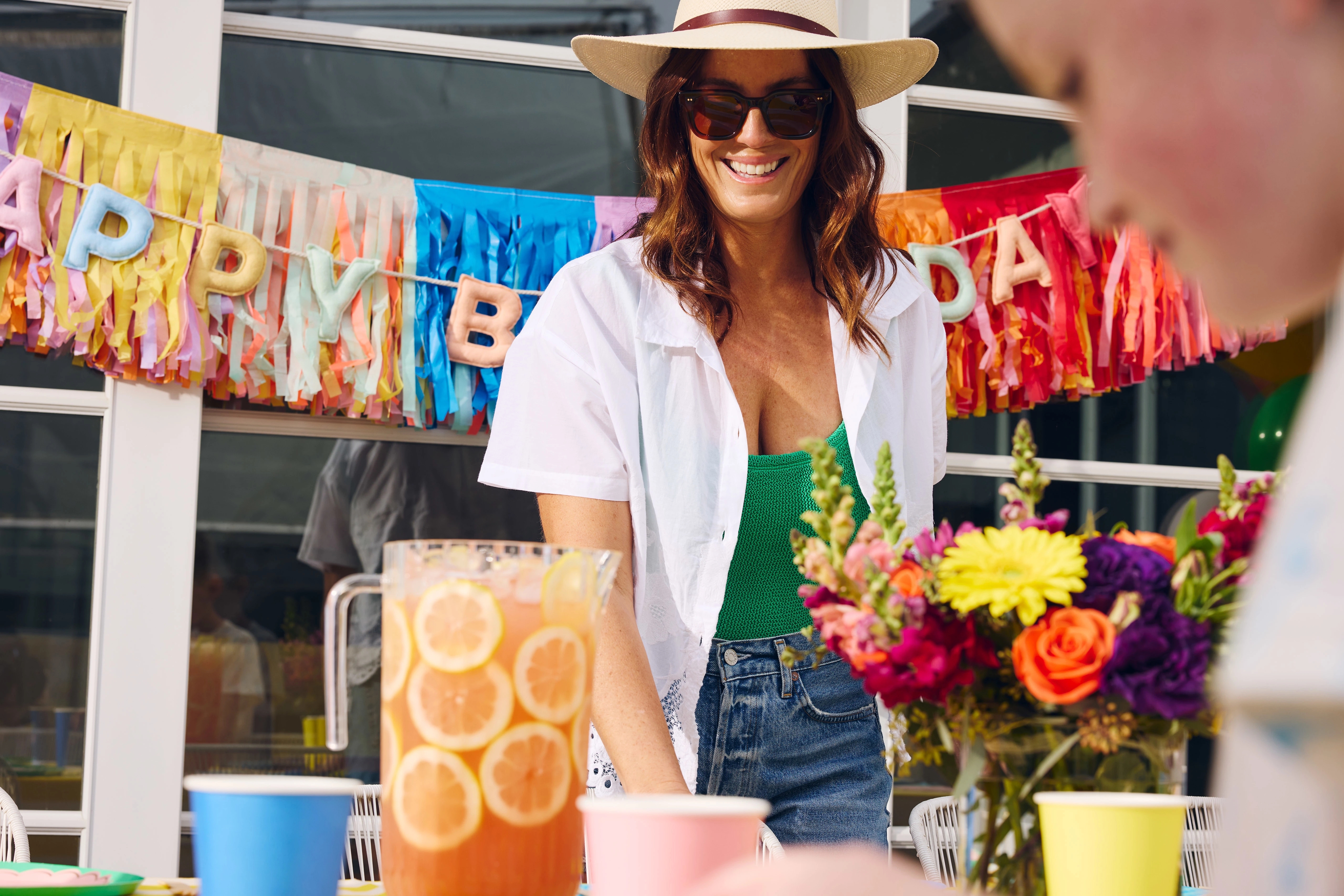9 Historical Tidbits on the Origins of Chocolate
It's a drug, it's a currency, it's "the food of the gods"…it's chocolate.
Jan 21, 2025
1. The earliest known human consumption of cacao beans (the source of chocolate) took place in the highlands of Ecuador amongst the Mayo-Chinchipe people. As early as 3300 B.C., beans were toasted, ground, and blended with water, chili powder, and other zesty spices to produce a foamy drink.
2. Aztec emperor Montezuma, infamously known today for having an illness named after him, is perhaps the world's first "chocoholic" — he is said to have consumed a whopping 50 cups of this cacao drink daily. Coincidentally, he lived to be 54 years old at a time when the life expectancy in his country was a mere 40. His royal court considered cacao more valuable than gold and also used it as a form of money.
3. Montezuma's generals fed chocolate to their soldiers to increase energy and focus, a practice that colonists adopted during the Revolutionary War. In the U.S. Civil War, chocolate was fed to the injured to increase energy and hunger. Some in the military even chose to be paid in chocolate for their service.

4. Chocolate first arrived in Europe during the 16th century in the form of Mesoamerica's spicy cacao drink. It was brought back from Spain by explorer Hernán Cortés, who called it "the divine drink which builds up resistance and fights fatigue…it permits a man to walk for a whole day without food."
5. From 1500 to 1900, Europeans documented 100-plus medical uses for chocolate, including treatment of dysentery, gout, fever, seizures, anemia, vision difficulties, urinary problems, and intimacy issues. No wonder chocolate is so popular on Valentine's Day.
6. In 1730s Philadelphia, Benjamin Franklin's legendary print shop sold bibles, stationary tools, writing implements, handmade parchment, and one consumable — a drinkable chocolate. In Franklin's colonial America, liquid cacao was nearly as popular as coffee and tea, but this drink was not your grandma's hot chocolate — it was thick, strong, quite bitter, and contained no sugar.
7. Thirty-one years later, Franklin, writing under the alias Richard Saunders, touted chocolate as a cure for smallpox in his Poor Richard's Almanac, colonial America's most popular publication. He was not proven correct, however, as no sure cure for smallpox was ever found. (Twentieth-century vaccines did manage to eradicate the disease by 1980.)
8. Cornell University reports that in 1753 Swedish physician Carl Linnaeus gave the cacao tree its botanical name, Theobroma cacao, which is Greek for "cacao, food of the gods." Linnaeus, who originated taxonomy — the manner of naming and classifying all organisms — did not reference the divine this plainly in any other species names he dreamt up.
9. The world's first chocolate bar was created in 1847 by cacao refinery owner Joseph Fry. He combined cocoa powder, cocoa butter, and raw sugar to form a solid. Nearly 20 years later, Fry revolutionized the world of sweets, releasing humankind's first mass-produced chocolate bar.
.svg?q=70&width=384&auto=webp)


.jpg?q=70&width=3840&auto=webp)




